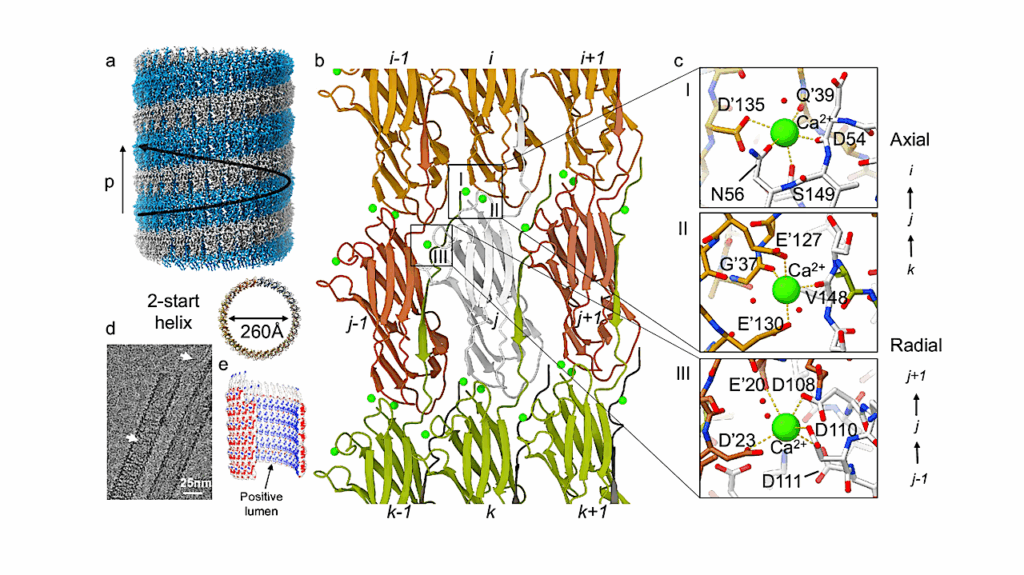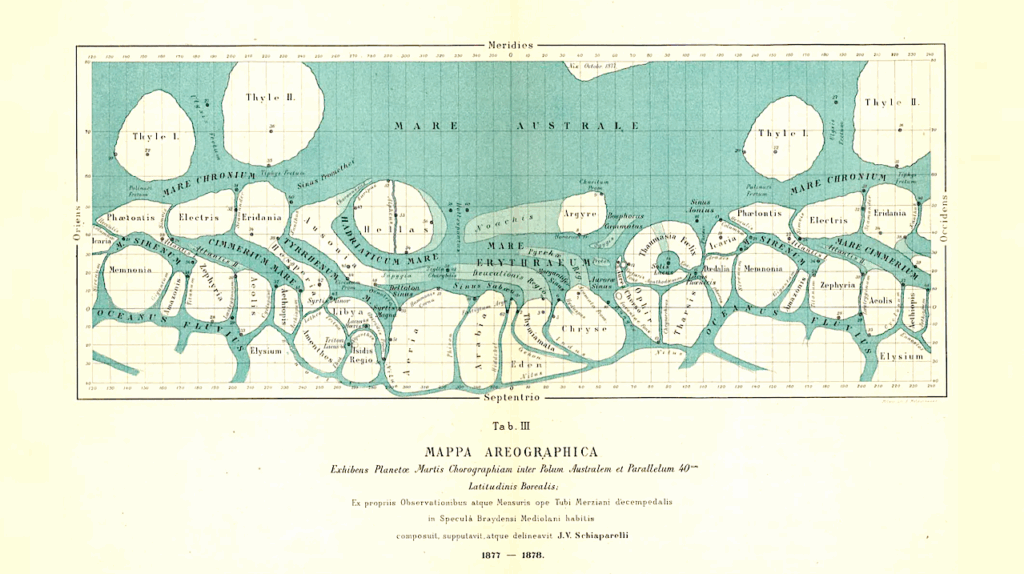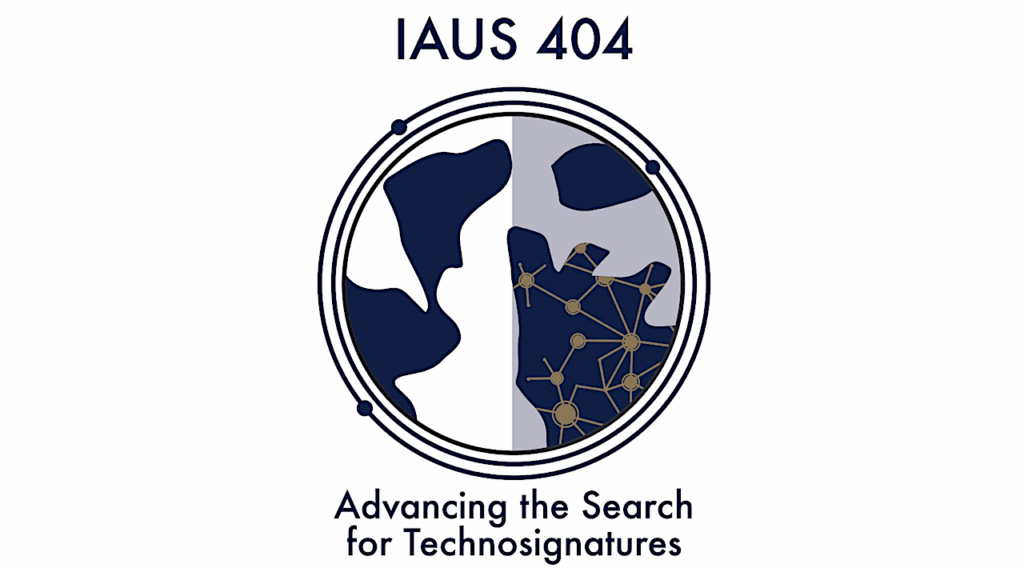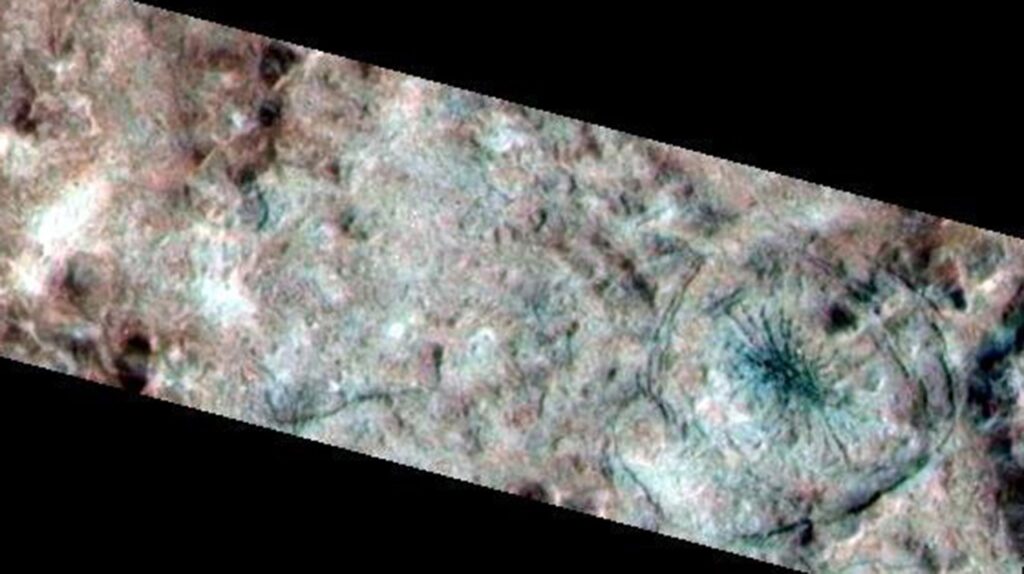Life Detection On Icy Moons Using Flow Cytometry And Exogenous Fluorescent Stains
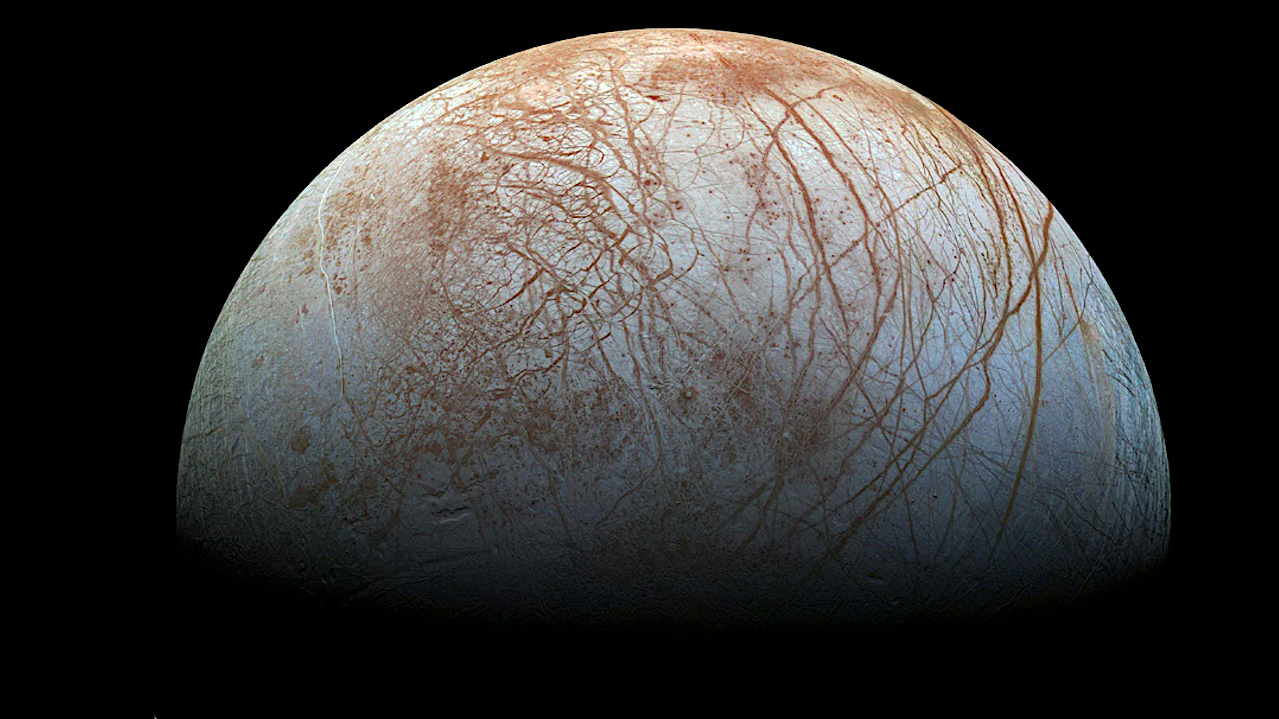
Flow cytometry is a potential technology for in situ life detection on icy moons (such as Enceladus and Europa) and on the polar ice caps of Mars.
We developed a method for using flow cytometry to positively identify four classes of biomarkers using exogenous fluorescent stains: nucleic acids, proteins, carbohydrates, and lipids. We demonstrated the effectiveness of exogenous stains with six known organisms and known abiotic material and showed that the cytometer is easily able to distinguish between the known organisms and the known abiotic material using the exogenous stains.
To simulate a life-detection experiment on an icy world lander, we used six natural samples with unknown biotic and abiotic content. We showed that flow cytometry can identify all four biomarkers using the exogenous stains and can separate the biotic material from the known abiotic material on scatter plots.
Exogenous staining techniques would likely be used in conjunction with intrinsic fluorescence, clustering, and sorting for a more complete and capable life-detection instrument on an icy moon lander.
Matthew L Wallace, Nicholas Tallarida, Wayne W Schubert, James Lambert
- Pubmed
- Astrobiology. 2023 Sep 6. doi: 10.1089/ast.2023.0016.
Astrobiology


